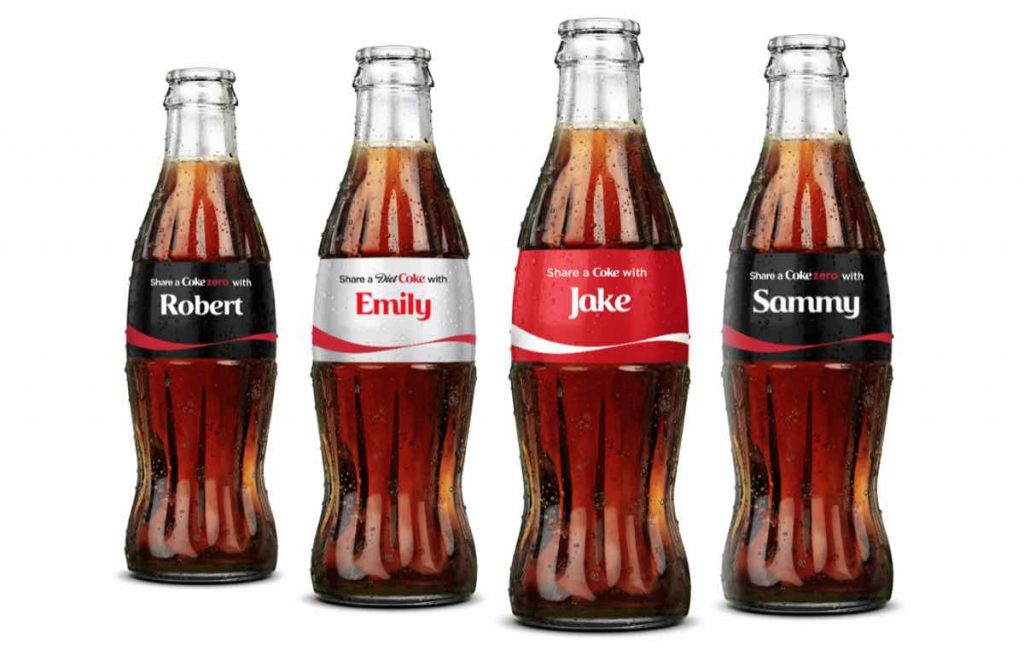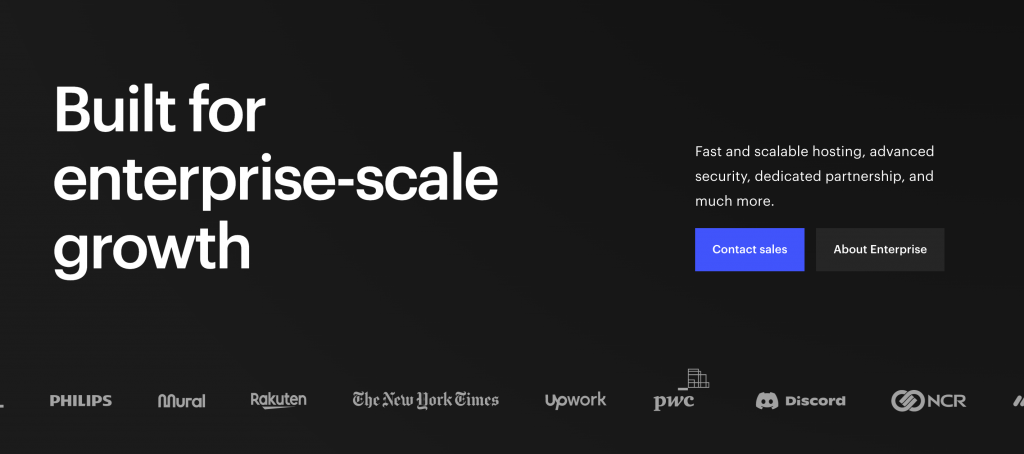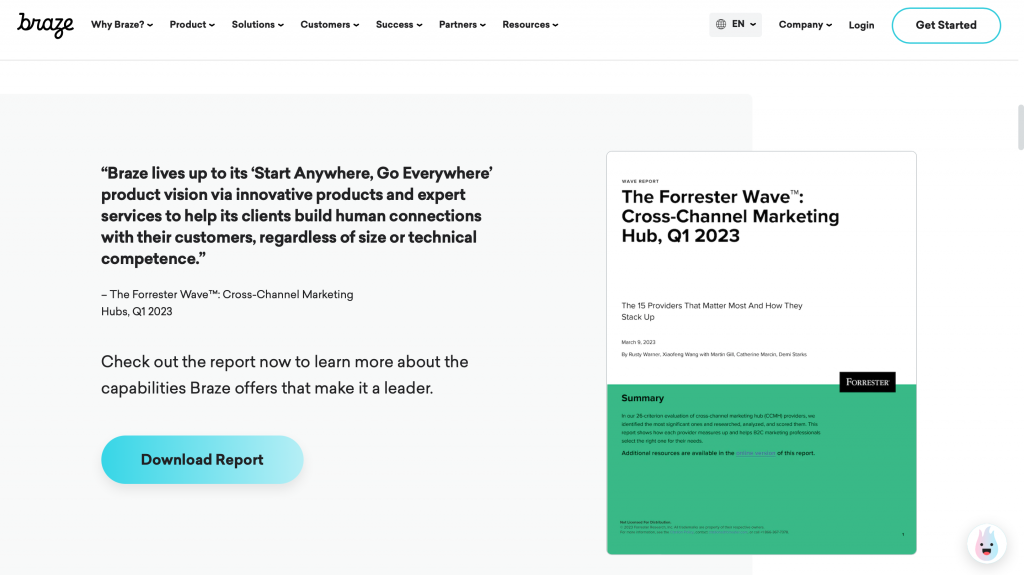Getting the customer to say “yes” enough times, until they make a purchase.
If you are a social media manager or marketeer, in essence, your job could boil down to the above sentence.
So, the question to ask is “How do I get my customer to say yes?”
Social Proof is a great tactic to achieve this.
According to Robert Cialdini in his book “Influence”, “We see a behavior as more correct in a given situation to the extent that we see others performing it.”
Before we explore this concept, in this article you can read what Social Proof is, 7 formats to use it, and how these 5 brands (Coca-Cola, ProCreate, WebFlow, Braze and Swonkie) use it:
What is Social Proof
To understand what Social Proof is, let’s give you an example (you don’t need to be a marketer or social media manager to understand).
Imagine you are at a birthday dinner. At the restaurant, they serve you pizza.
What do you do now? Do you eat with a fork and knife or with your hands?
You’ll probably wait to see how others start eating.
This is the power of Social Proof. To figure out what the right behavior is, you look at what others do or have done in the past. And this also happens when your customer is going to purchase something.
Using Social Proof is effective for increasing conversions since, customers are more likely to buy, the more people have already bought the product as well.
Here is an example.
What has the most impact?
Saying “We are the daily choice of professionals” or “5,000+ professionals choose us as the software to use every day”.
Surely you also think the second sentence has more impact. In the second example, the element of Social Proof is applied.
But, Social Proof can take different formats in the Digital world. See below 7 formats of how to use it.
7 Formats for Using Social Proof
1. Testimonials
A simple description of a product is sometimes either not convincing enough, or does not convey the emotion needed to drive the customer to conversion.
To combat this, testimonials are commonly used on website landing pages or on product pages.
This is useful so that at the time of purchase decision (or even before) the customer can see real experiences of other customers, whose experiences sometimes cannot be conveyed with a simple description.
2. Number of Downloads or Subscribers
This format is usually used next to the newsletter subscription boxes or the app download button, as this is where many customers hesitate in their decision.
A tip for when using this format is: Avoid using round numbers.
Who do you trust more? The app with 10,000 downloads, or the app with 9367 downloads?
Surely you would choose number 2, since by using non-rounded numbers, you prove that you are not exaggerating or trying to deceive your customers.
3. Celebrities or Experts
In this format you have two options. Either you pay celebrities or experts to speak and promote your product, or you invite them to create content with you.
By using this format, you will not only attract the followers or buyers of the celebrities/experts in question, but you will also “transfer” their authority and fame to your product.
4. User-Generated Content
The key to getting user-generated content, is that you ask them for something easy to execute. The more complex and difficult it is to create that content, the harder it will be to use and get it.
Use photos, comments or short videos on your landing pages or product descriptions.
Allow your customers to comment and share photos in the comment sections, as this provides more detail and answers to possible questions that may not have occurred to you before.
5. Prizes
The benefits of using awards as a Social Proof format are obvious.
When you show an award or distinction that you have won, you will prove that your brand is reliable, of quality and respected in the industry.
Thus, you will also be able to stand out in the marketplace from other competitors, as awards are usually hard to come by.
6. Case Studies
While a few customer reviews may be enough for basic products like a soccer ball or a table for the kitchen, there are products that require data and statistics behind them.
While case studies are “impressive,” most of your customers won’t read them in their entirety.
So, leverage the insights and data you have gained to create other formats that are easier to “digest” and help the customer realize the value of your product.
7. Partners/Customers
A powerful format for earning the trust of your customers is to use, for example, the logos of partners/customers who work with you, or who have already used your product.
This works the best, the better known and respected the partners are.
It is important to note that this format can have negative effects if your partners lack credibility. So be careful with the partner logos you decide to use on your landing pages.
5 Real World Examples
1. Share a Coke – User-Generated Content
This is a great example of how to use user-generated content, and it’s the only one in this article that wasn’t done 100% on digital.
Yes, because one way or another, social proof campaigns today have much more impact when the whole digital landscape is used.
This campaign done by Coca-Cola in Australia (for the first time), consisted of printing the 150 most popular names of the country on Coca-Cola bottles.

Everyone bought bottles of Coca-Cola and took thousands of pictures every day, which they shared on social media.
With this action, Coca-Cola increased the consumption of the drink by 7% among young adults.
2. Procreate – Awards
ProCreate uses the awards they have won, on their landing page, as a Social Proof strategy.

Right at the website entry page, you can see the two “Apple Design Awards” that the company won in 2013 and 2022.
The company uses these awards as its main selling point. The subtitle reads, “Discover Procreate, the two-time Apple Design Award-winning digital art studio you can take anywhere.”
3. WebFlow – Partners/Clients
WebFlow’s website is packed with Social Proof.
However, the example we decided to show you is Partnerships.

As you can see in the image above, WebFlow has a carousel of all the partners/clients that use the platform to create their websites.
Note that, as said above, this strategy has more impact, the better known and more reputable the partners/clients you use on the website have.
4. Braze – Case Studies
Braze, a customers interaction software, not only uses case studies to demonstrate what the software is capable of (see image) but also provides dozens of case studies on how its customers succeed.

5. Swonkie – Experts
Swonkie partners with several experts in different fields to offer the best possible content to social media managers.
You have the example of the article that Jorge Durões, e-commerce manager at FNAC, wrote about “Black Friday – 3 Tips from FNAC’s E-commerce Manager”.
With these partnerships, Swonkie gains authority and trust, as these experts choose to share their knowledge with us.
And if even experts in various fields recognize Swonkie as “THE” platform to share their knowledge, you have no reason not to choose us to help you in your daily life as a social media manager.
Swonkie helps you manage your social networks through its many features such as: planning and scheduling, reporting, competitor analysis, social listening, team workflow, and community management.
The best part? Besides being considerably cheaper than the competition, you can still try Swonkie free for 14 days.

